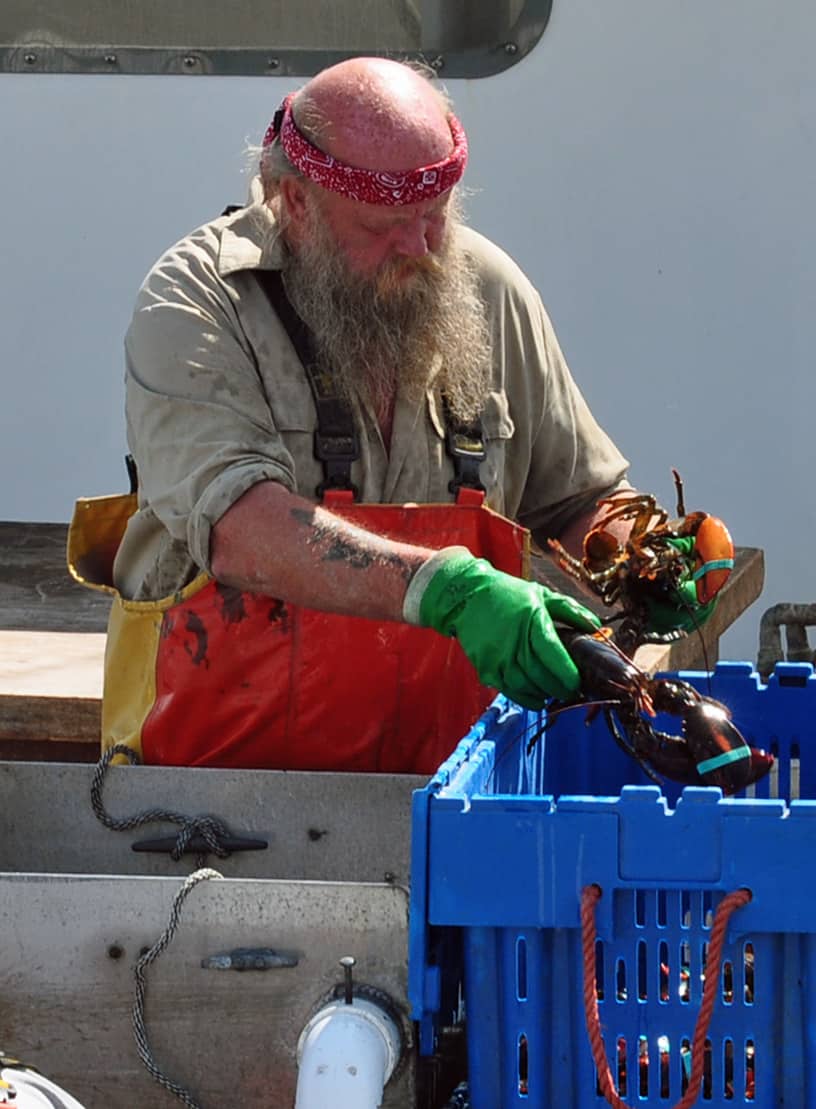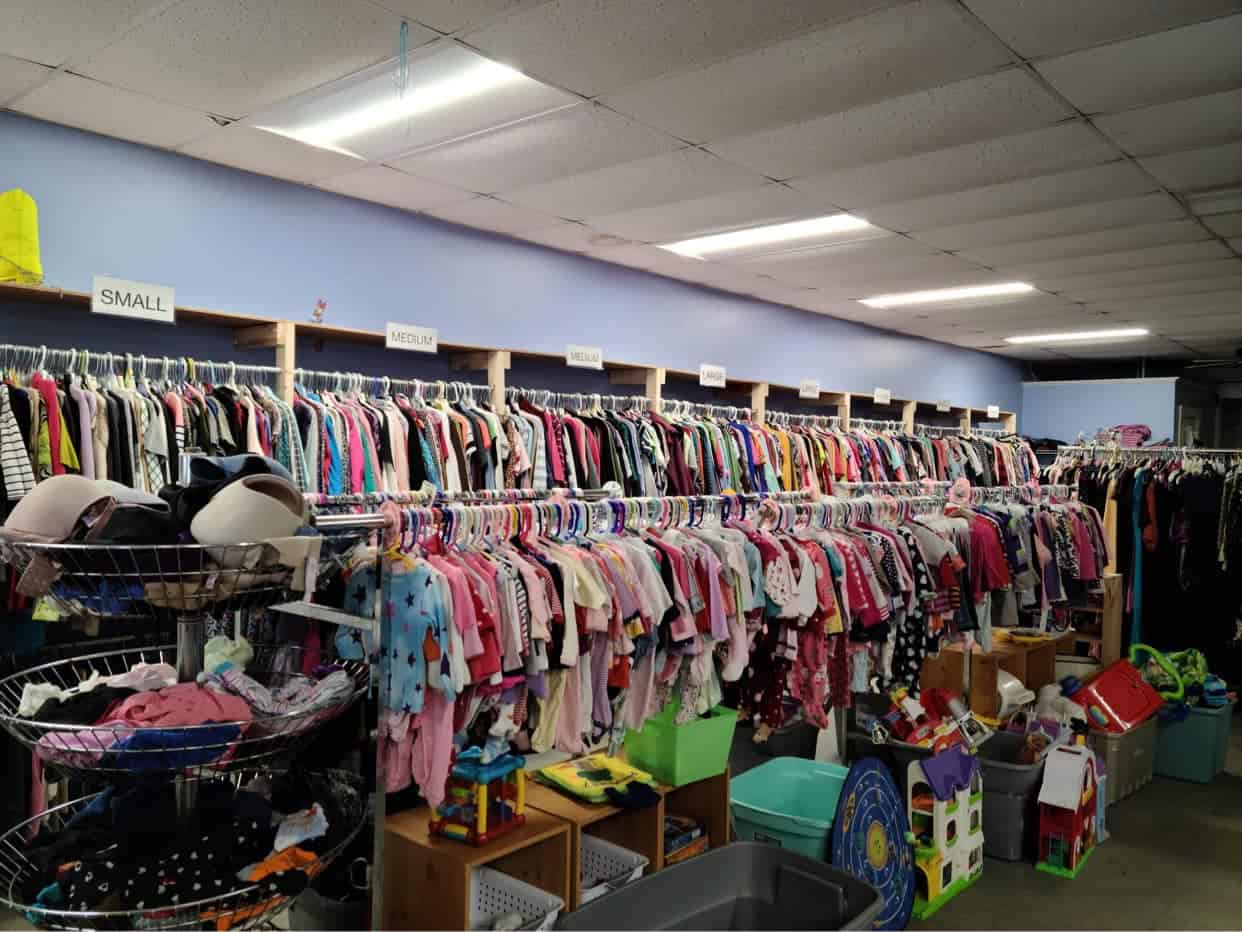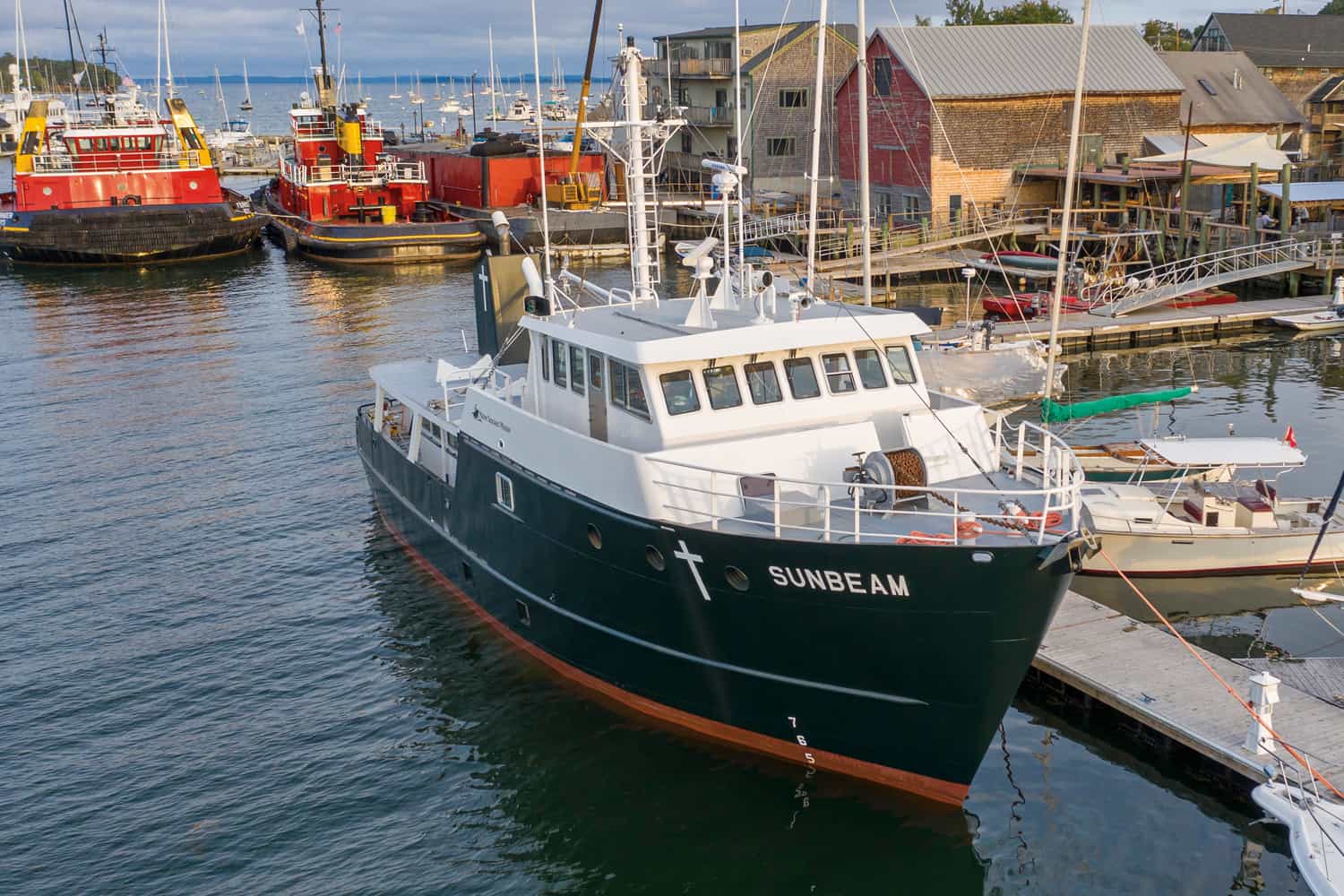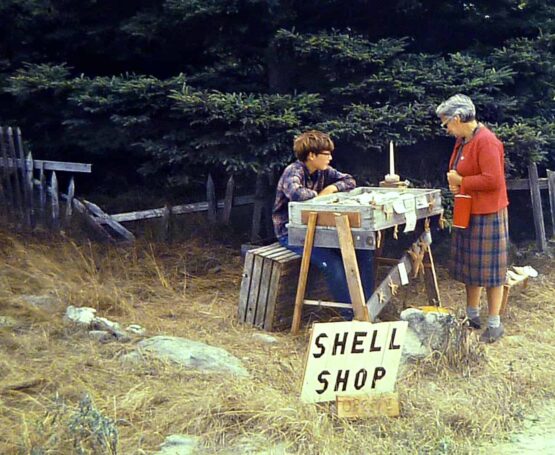
Whether it’s your first visit to Maine or you’ve lived here your whole life, it’s important to consider some of the Maine cultural underpinnings as you cruise this beautiful coastline.
Believe it or not, when you measure the entire length of the Maine coast, with all its nooks, gunkholes, and crannies, it comes to an astounding 3,478 miles total, and that’s not including all the islands. Taking the 4600 islands into account, the length of water-facing land comes to more than 5000 miles. That’s longer than either the coast of Spain or California. That’s a lot of ground to cover, and even those of us who have spent a lifetime exploring our home turf will never be able to see all of it. Given the enormous length and diverse geography of this territory, one can imagine that there will also be a wide range of cultural experiences to encounter. The reality is that the farther from the New Hampshire border and the closer to the Canadian border you get, the more you’ll encounter the true depth and breadth of Maine’s character.
The old “Bert and I” stories that Bob Bryan and Marshall Dodge made famous in the 1970s were based on a way of life and a worldview that still flourishes in parts of Maine. The “you can’t get there from here” and “you’re in a balloon, you damn fool!” punchlines come straight from the mouths of real Mainers. The same could be said about the characters in the Robert McCloskey books, especially One Morning in Maine, where we meet the Condon brothers from Bucks Harbor, who are both down-to-earth, practical men of few words and big hearts. They’ll go out of their way to help you as long as you treat them with respect and don’t act too much like a fool.
I remember landing in Bucks Harbor one summer aboard our Pearson 31, BANJO, with a broken stop cable that ran from the cockpit to the engine. It was a piece of stainless rod maybe 10 feet in length, and I wasn’t sure where I’d be able to locate a replacement. I knew that brother Don Condon ran the only garage in town, the same Mr. Condon that Sal and her sister visited with their dad to find a new spark plug for their outboard. I traipsed up the hill and knocked on his door. He was there, as I expect he most always was, and when I explained what I was looking for, he scratched his head for a minute, then muttered something about “maybe…” and “I don’t know…” and disappeared into his cluttered back room. He emerged with a piece of stainless rod in his hand that was just a little longer and exactly the correct gauge I was looking for. “Try this,” he said. I asked him, “How much?” and he just smiled and shook his head. “Good luck,” he bade me and sent us on our way. Of course, he could have said “$100,” and I would’ve paid it. I went back to the boat and, with the help of my old friend and metal artist, Dennis, who fortunately was along for the ride, went to work removing the pieces of broken rod and cleaning up the fittings.
When we went back into the cockpit where we’d left the treasured stainless gift from Mr. Condon, it was nowhere to be seen. We scratched our heads for a while and pondered what on earth could have happened to it. We came to the conclusion that, since we’d bent the rod to fit it onto the cockpit floor for safekeeping, perhaps it had simply sprung out of the cockpit when a passing boat rocked us just enough to pop it overboard. There was no way in hell that I was going back to Mr. Condon’s garage to beg a second replacement (even if he’d had one!), so I got out the mask and fins, and with Dennis’ brilliant engineering mind at play, guessed which direction the sprung rod must have leaped based on which way the wind was blowing, and the tide was going. I jumped over the rail into the frigid harbor water holding onto the dinghy anchor, which I reckoned would drag me to the bottom with the least amount of expended energy and breath. When I hit the bottom at about 20 feet, I could see nothing. It was thick muddy and dark. I got my nose as close to the harbor floor as I could get it and, with my lungs about to explode, took one quick look around. Damned if there wasn’t a curved line in the mud looking like a snake and right in front of me. I reached for it, and my fingers instantly clamped onto the lost stainless rod. I shot to the surface and exploded out of the water triumphantly. Fortunately, I was saved from having to make “the walk of shame” back up the hill to confess to Mr. Condon what had happened. I’m sure he would’ve gotten a good chuckle out of it and had a lot of fun telling his brother, the other Mr. Condon, about the witless yachties who had showed up at his door that morning.
Once again, I learned the lesson that Maine people really do care and will go out of their way to help as long as they’re treated with the kind of respect and appreciation they deserve.
I am reminded of another story I heard from a fellow CCA member who heard from another CCA friend who kept his boat in Round Pond -- that the lobster fleet always opened their throttles full blast as they left the harbor at 4 am, knowing full well that their wakes would rock the gently sleeping yachties out of their bunks. This gesture of “guess who’s in charge here?” attitude went on for several summers until the yacht owner found a way to help support the local yacht club with a fleet of Optimist sailing dinghies, which the local kids used to learn to sail. After that, there were no more loud noises or raucous awakenings at dawn.
The bottom line is: it’s up to us to prove to the folks who live along the Maine Coast year-round and work hard to make a living here that we care about them and their way of life and will go out of the way to return their hospitality in any way we can. There are numerous nonprofit community organizations that help make life easier and work toward perpetuating the local community culture in most Maine villages. We can ask and search and discover who they are and make an effort to donate and support them as we’re able and see fit.
Ed Greaves, originally from Long Island (NY), and later from Boston and then Portland, spent his summers sailing his lovely black sloop, CARITAS, along the Maine and Nova Scotia coasts. He eventually landed in South Addison, Eastern Harbor, just west of Jonesport, bought a piece of land, and built a lovely home where he and his wife, Connie, along with Ed’s treasured pipe organ, spent his last summers in rural comfort. Ed used the profits from numerous successful business ventures to help support the Maine Seacoast Mission, which serves all of Maine’s outer islands with essential medical, legal, religious, and other services. In Ed’s memory, Connie created EdGE, the wing of the Seacoast Mission that offers local Downeast school kids leadership training and helps with programs focusing on challenging topics such as addiction and bullying. The EdGE program today continues to serve schools along Maine’s easternmost coast. Ultimately, this was Ed’s gift back to his friends in Maine. Ed also went out of his way to look for and invest in local aquaculture and fishing operations to help boost them through their fledgling years. Ed made many friends in the Maine towns he came to love, and he did so by reaching out to help in ways that made a real difference.
We can’t all go to the lengths that Ed did to give back, but we can look carefully at and develop an understanding of the places where we drop the hook or pick up a guest mooring along all of Maine’s 5,000 miles of extraordinary cruising country … and then give back in whatever ways we are so moved.

How many of us have pulled into South Addison or Corea and, after asking where we could buy some groceries, been tossed the truck keys by a fisherman and sent “up the road” 10 miles with a smile and a chuckle to help us find the way? Or arrived at Tenants Harbor or Castine needing help with an engine issue or a line wound tight round the prop, and someone on the dock helped us find the right person to solve the problem in a matter of minutes?
Long and short, if we show respect and appreciation, we’ll make friends wherever we go, and it’ll come back to us in spades. Of that, you can be sure.
Here’s a partial list of not-for-profit community organizations sprinkled along the Coast of Maine. Please find your own favorite and add it to the list.
Chebeague and Cumberland Land Trust

by donation, then $1.00 each. Courtesy of Community Closet.
Cottontail Cottage Farm Sanctuary
Friends of Casco Bay/Casco Baykeeper
Great Pond Mountain Conservation Trust
Gulf of Maine Research Institute

Isle au Haut Community Development Corporation
Maine Island Trail Association

(to name just a few!)

